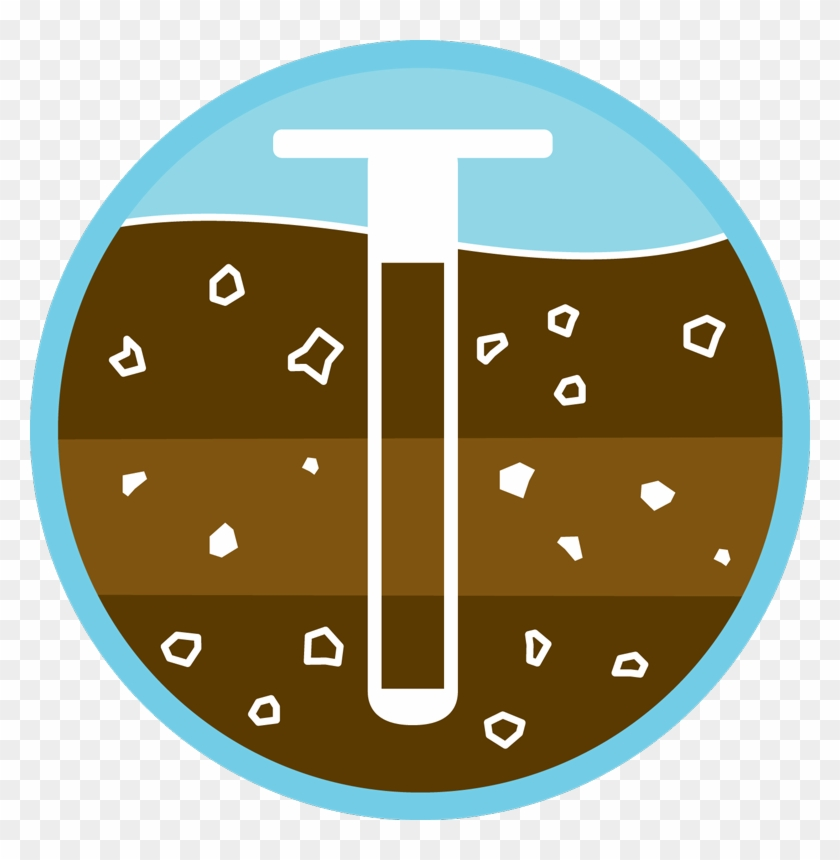Purpose Subsoil has great potential for increasing soil organic carbon (SOC) stock. Soil compaction decreases the content of SOC in the topsoil layer and leads to the formation of a plow pan in subsoil. However, measures for improving poor soil structure mainly concentrate on topsoil. This study aims to understand the effect of subsoiling management practices on soil aggregation and accumulation of SOC in both topsoil (0–20 cm) and subsoil (20–35 cm).
Materials and methods A field experiment was carried out in a Mollisol in northeastern China. The treatments included conventional tillage (CT), subsoiling tillage (ST), and subsoiling with residue incorporation tillage (SST).
Results and discussion The results showed that in comparison to CT, ST and SST not only had lower subsoil bulk densities (reduced by 9.42% and 13.61%, respectively) but also promoted the formation of macroaggregates (> 250 μm) in both soil layers; thus, soil structure stability increased. In the topsoil layer, the content of the > 53 μm aggregate-associated carbon © under ST and SST was greater than that under CT. In the subsoil layer, compared with CT, SST increased the organic C content (increased by 0.73–12.32%) in all the aggregate classes, but ST decreased the content of the < 2000 μm aggregate-associated C (6.09–18.96%) on day 150. The soil structure stability decreased by 13.06% and 22.21% under ST and SST after day 150, respectively, which was probably due to the clayey characteristics of the subsoil.
Conclusions We concluded that subsoiling would only improve the soil structure while increasing the loss of organic C. However, the effect of subsoiling on structure improvement was enhanced by residue incorporation, not only promoting soil aggregation but also increasing SOC accumulation.

